Documentary Photography is all about showing reality. Post-Processing in this genre is kind of frowned upon since we expect higher standards. Nonetheless, every image still is post-processed to intensify the character of the image. Post-Processing in Documentary Photography is not about altering reality to make it more beautiful, the goal is to strengthen the atmosphere and story of an image. One great tool to achieve the classic film look is the Nik Silver Efex Pro Collection and the best is that it is available now for free. Instead of throwing 100s of Dollars at some VSCO filter the Silver Efex Pro collection offers great film simulations that you can customize for your ultimate film look.
Download The Silver EFEX Pro Pack
The True Image
Even the most purist Photographer has to admit that there is no 100% “true” image. During the film era, the photographer influenced the outcome of an image in the darkroom. Willingly or not, the way he developed an image greatly changed the appearance. Afterward, he had the possibilities to dodge and burn the image, which means to highlight or darken certain areas. Long before Photoshop existed pictures have been post-processed accordingly to the vision of the photographer without using digital simulations like the Silver EFEX Pro Pack.
In Digital Cameras it is even harder to publish an original image because every Camera manufacturer has its own presets that affect the outcome of the raw image. Despite various JPEG filter that has become popular among more hobby photographers, even RAW files vary from manufacturer to manufacturer. The same scene with similar settings photographed by a Canon or Nikon camera can look differently. Characteristics like contrast, clarity or even sharpness depend on the base settings of the RAW file.
Saying that Street Photographs shouldn’t be post-processed is a contradiction in itself. Every digital image has already been post-processed sooner or later. The difference is if you want to rely on some standard settings or customize the basic look to feel more comfortable with the outcome. Presets like Silver Efex Pro help you to emulate the classic film look.
Bringing out the Character
On the other hand, there is still some truth to the statement that Documentary Photographs shouldn’t be edited too much. Since the goal of this genre is to display reality at a certain time, the reality shouldn’t be altered. Photojournalism isn’t some fiction novel where we have all the freedom to basically do what we want. As Photographers, we are responsible to build trust in our work. Photoshopping an image until it doesn’t represent the scene anymore we originally while at the same time selling the image as “real” is an imposture.
The viewer expects that a Documentary Image shows what the photographer saw on the scene. The difference is in how it is displayed. This might be different in other genres like fashion, or fine art photography where it is known and accepted that flaws can be removed digitally. Although the amount of post-processing is the root of a lot of controversial discussions, we should accept in Street Photography that flaws are part of reality and don’t need to be removed digitally. If for example somewhere is a stain on a window we just photographed through then this is the reality we decided to show. Tinkering with it disqualifies it as a Street Photograph.
Lightroom Basics & The Silver EFEX Pro Pack
In terms of actual post-processing, I like to keep it stupid simple (K.I.S.S. Method) and try to not work on an image for longer than 5 minutes. There are a few routines that I pretty much perform on every picture because it helps to express my impression of the street. So here is my usual routine including the presets of Silver Efex Pro.
You are able to compare the edited step with the previous version when using the slider.
Cropping
Ideally, we should frame the image already through the camera while taking the photograph. Since Street Photography requires us to act quickly and is very unforgivable with 2nd chances there a lot of times when I need to crop a picture. What is acceptable for you to crop from a picture depends on the quality of your camera and your own entitlement. Most Digital Cameras are so powerful today that you can crop very deliberately in theory.
Nevertheless, my goal is to already get the frame perfectly on the street. If I don’t succeed, the first thing before editing an image is to decide for the final frame. Usually, I also follow the rule of thirds putting subjects on a third of the image and leaving more space to the side they are facing.

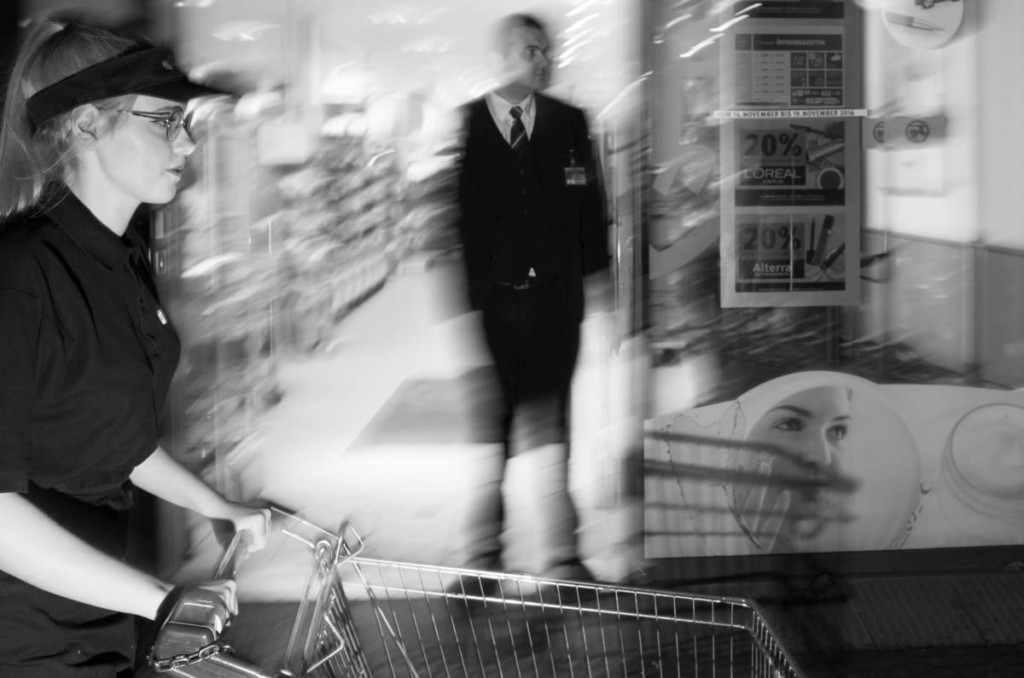
Contrast
Since most of my images are in Black & White I like to increase the contrast to my taste. The increased contrast does put emphasis on the elements of light & shadow that I try to embrace in my Black & White pictures anyway.
The contrast has been increased to +33.

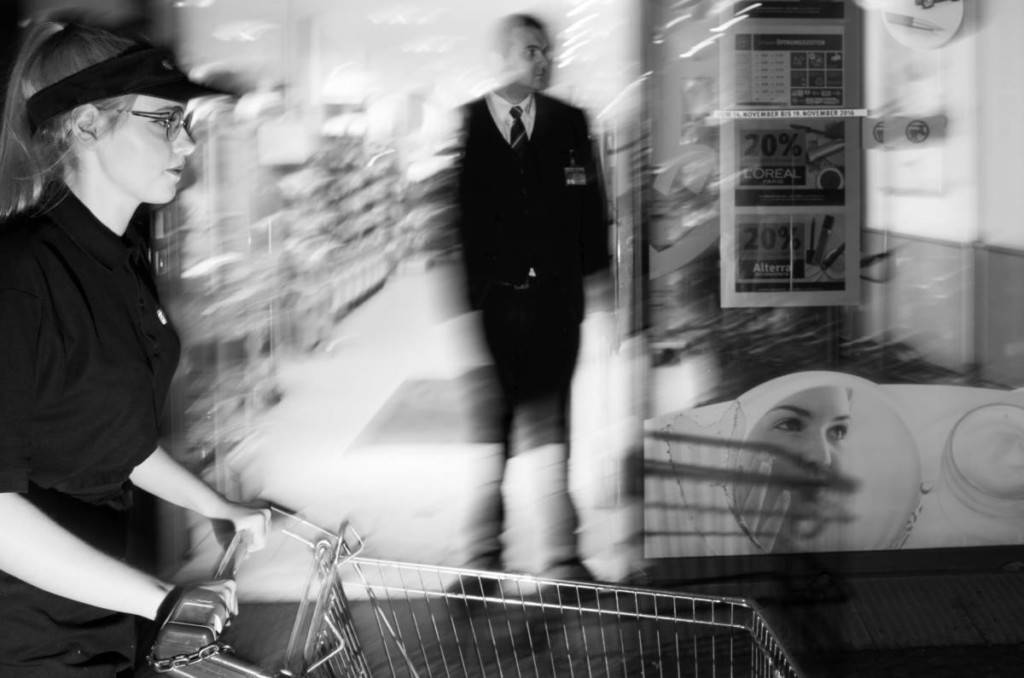
Clarity
In the same way, I like to increase the clarity in my pictures. Just like the increased contrast, it helps to highlight the actual subject by adding even more contrast to the mid-tones without increasing the noise. You can also check the histogram of a picture to understand what moving the slider actually does to a picture.
For this picture, the clarity has been set to +31.

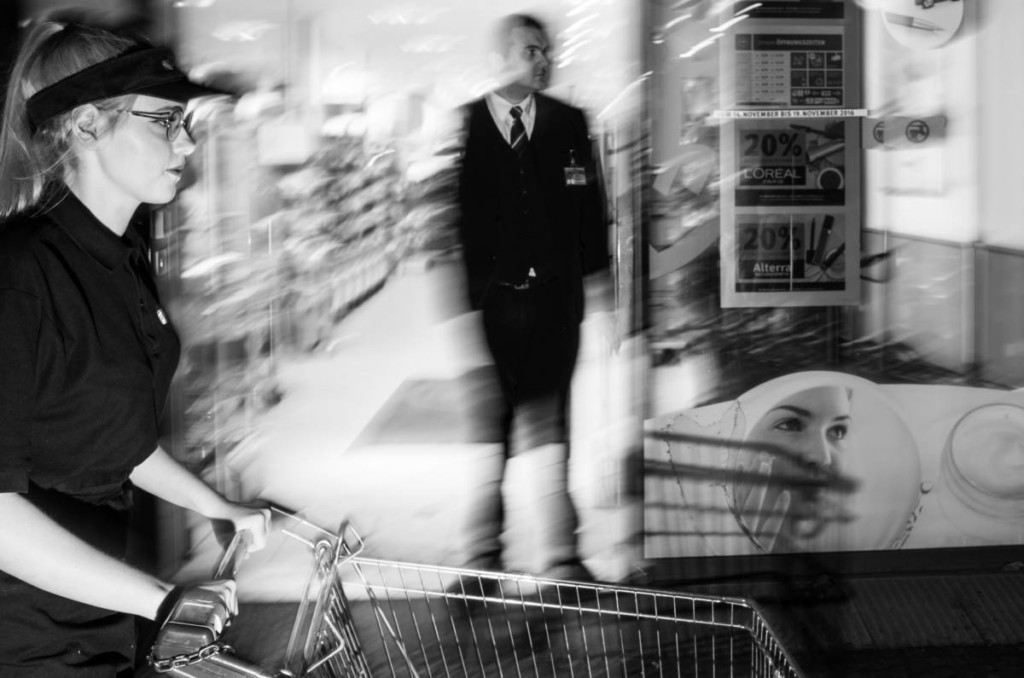
Vignette
To steer the attention away from the edges of the image and onto the thirds that I find important I add a little negative vignette of around -10 to the pictures. This helps to keep the viewer inside the frame like a natural border would do. If the vignette is visibly noticeable for the viewer it is probably too strong. Moderation is key in this case and should only impact the viewer subconsciously.
The Vignette was set to -14 in this case.


The Differences between each step are pretty marginal, but add up to a new look that helps to work out the character of the image.
Film Comparisons using SILVER EFEX PRO Simulations
Those were the four standard routines that I use in Lightroom to process my images. To give them the final finishing touch I use the Silver Efex Pro Film presets to add grain and make the images look more aged. The older film look is just a preference of mine that I try to achieve through the help of these presets. If you want to display a technically perfect image without grain that looks clean, then the following editing might not be your favorite. Nonetheless, there is a lot to play around and develop your own image that comes close to old film roles.
As a foundation we will use the push process of 1,5 steps for the following images and use the mentioned film emulation presets
AGFA
AGFA APX PRO – ISO 100


FUJI
FUJI NEOPAN – ISO 1600
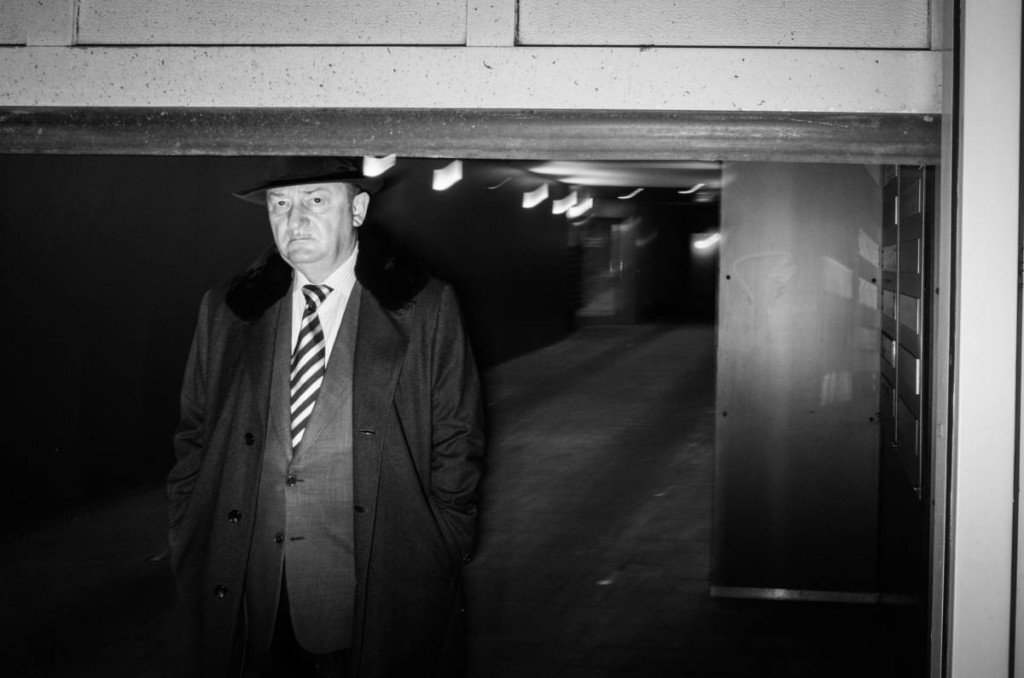
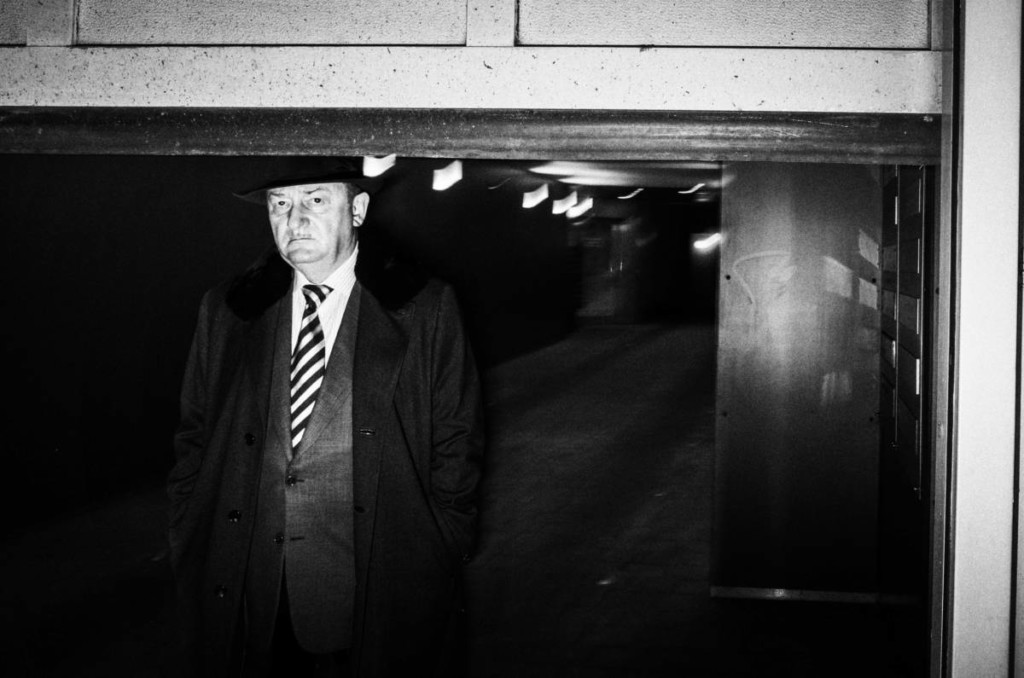
ILFORD
ILFORD DELTA PRO – ISO 100


ILFORD DELTA PRO – ISO 400


ILFORD DELTA PRO – ISO 3200

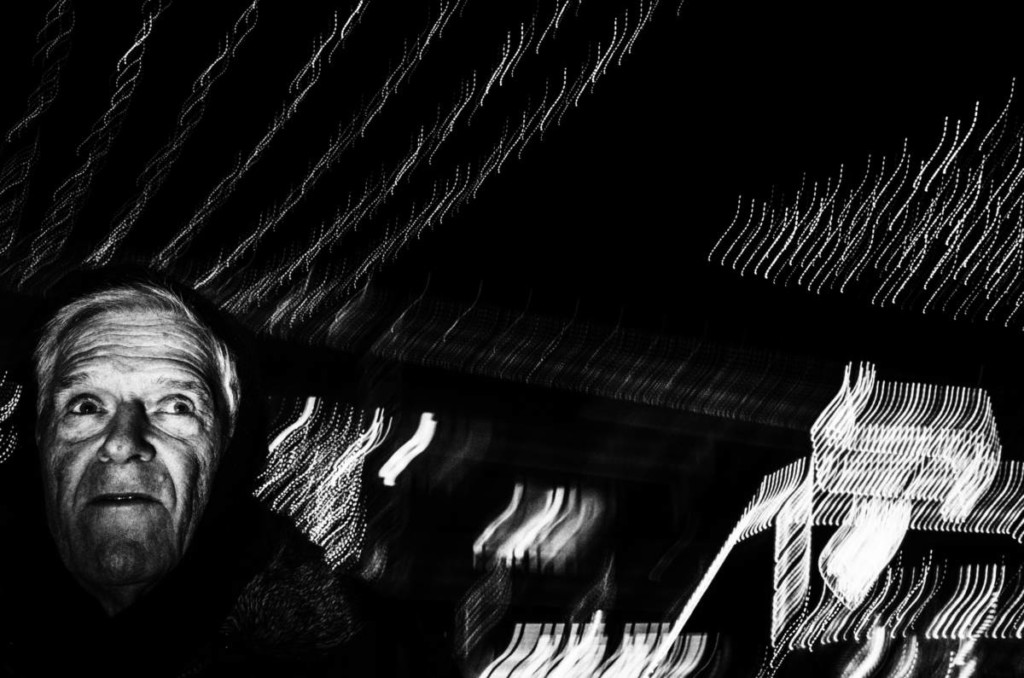
KODAK
KODAK TMAX PRO – ISO 100

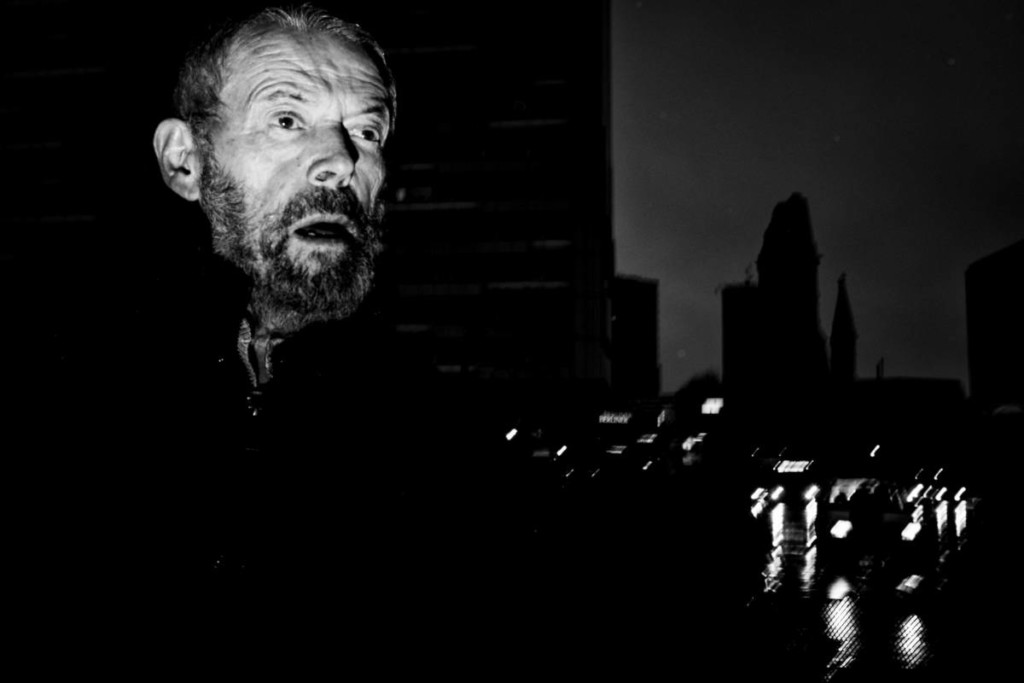
KODAK TMAX PRO – ISO 400


KODAK P3200 TMAX PRO – ISO 3200

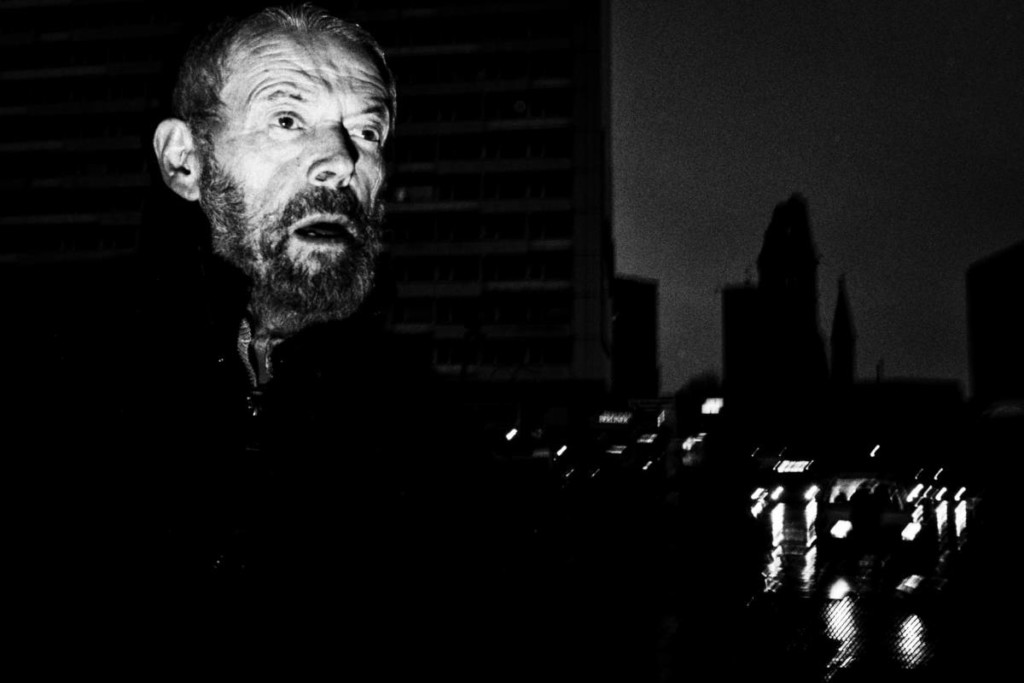
Conclusion
Post-Processing in Street Photography should be kept very simple and not be overdone. Documentary genres are about showing reality and not some fiction setting. Therefore, Photoshop isn’t needed in my editing routing. Everything can be done via the sliders of Lightroom and some film emulation presets of Silver EFEX Pro.
Although the editing shouldn’t be too extreme, it is still the image of the photographer and the editing process helps to clarify his vision. If you want to turn all the sliders upside down it is still fine and totally your freedom to decide which look your pictures should have.
Nonetheless, it often helps to not upload a picture directly after post-processing them. After working too much on your images your initial point becomes distorted. A few days between the post-processing can help to reset your vision and you might see that less editing might be more helpful for your picture.
The most important part of the post-production actually happens before you import the image to Lightroom or the likes. Getting the optimal picture already on the scene is more beneficial than trying to save a mediocre image with hours of post-processing.
Try to get the perfect image inside the camera and the post-processing can be done within 5 minutes. The good side is that you will have more time to spend on the street and less in front of your computer screen.
Stay Curious
Sebastian Jacobitz
























